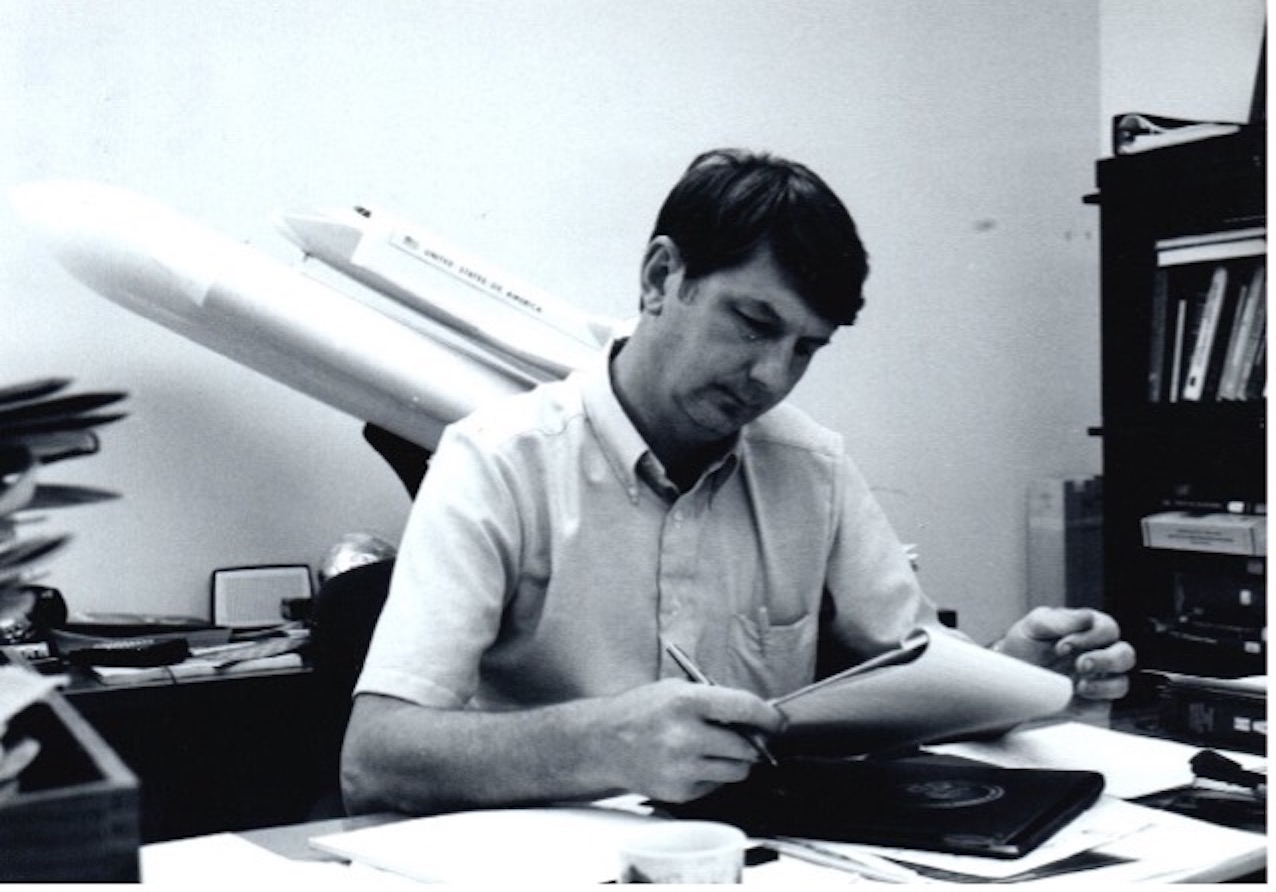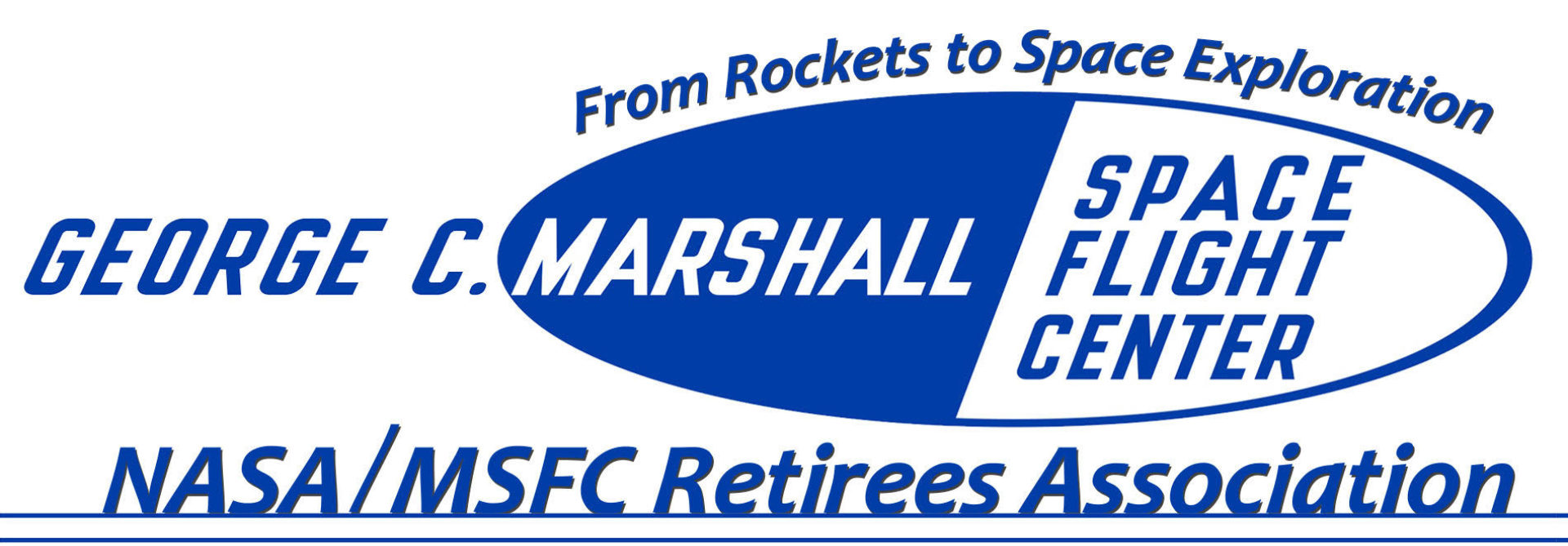Background Information
You can add or edit information about this individual by clicking
“Click here to suggest an edit or add more information to this entry” at the bottom of this page.
Employee Info
- UniqueID
- N09628
- Photo

- First Name
- Robert
- Middle (1)
- Jordan
- Middle (2)
- Last Name
- Naumann
- Suffix
- Biography
- Dr. Robert (“Bob”) Jordan Naumann was born in Gillespie, Illinois, in 1935 but around age six moved with his family to Birmingham, Alabama, where he grew up. After graduating from Ensley High School in 1953, he attended the University of Alabama (UA), Tuscaloosa, graduating with a B.S. degree in Physics in 1957. He later earned a Master’s degree in Physics from UA in 1958 and a doctorate in Physics from UA in 1964. As a youngster in school when World War II was ending, Bob was fascinated with the Manhattan Project, read everything he could about it, and was disappointed that he was too young to participate. However, when he read about the von Braun team coming to the U.S. and that the rocket center business was moving to Huntsville, Alabama, he was determined not to miss this opportunity. While a freshman in college, he contacted a former neighbor who had taken a job in Huntsville to inquire about summer job opportunities. Thus, beginning in 1954, he found summer work in Huntsville. Upon graduation in 1957 he began work as a physicist with the Army Ballistic Missile Agency (ABMA) at Redstone Arsenal. He entered initially into the Structures/Mechanics group but, after receiving his master’s degree, was transferred to the ABMA Research Projects Division. His training was in astrophysics, and initially he did general design and orbital mechanics. He worked closely with Dr. Charles Lundquist on some of the early orbital determinations and the satellite behavior – the rotation, rigid body rotation, etc. – including work on Explorer satellites 1 and 4. While still with ABMA, he also worked on nuclear weapons effects during the Argus program. In 1960, Bob joined the newly established NASA Marshall Space Flight Center (MSFC) as a physicist in the Research Projects Division (later Space Sciences Laboratory (SSL)). He gained experience with the S-15 gamma ray telescope. He soon began involvement with materials research because of concerns about meteoroidal protection, a field of interest that would play a major role in the remainder of his career. He worked on the Apollo program (especially the Saturn 1B) and was directly involved with Pegasus, serving as the investigator for a Pegasus experiment. He was appointed Chief of the Meteoroid Physics Branch in 1964 and Chief of the Physics and Astrophysics Division in 1970. During Skylab, he contributed to analyzing contamination of the interior spacecraft atmosphere, a track that would lead him to focus more on materials science. In 1977 he was named Chief of the Space Processing Division in SSL, and also MSFC chief scientist for materials processing in space. Prior to retirement, he served a term as the director of the microgravity science program at NASA Headquarters. Bob retired from NASA in 1989 and began a second career as a professor of materials science at the University of Alabama Huntsville (UAH). His career fields of specialization included celestial mechanics, rigid body mechanics, space physics, nuclear weapons effects, meteor physics, hypervelocity acceleration and impact physics, shock mechanics, surface physics, materials science, and physicochemical hydrodynamics. He was awarded several patents for his work and was the author or coauthor of more than 150 scientific and technical publications, including “Introduction to the Physics and Chemistry of Materials,” 2008, used as an introductory solid-state physics textbook. He was also a member of the American Physical Society, Sigma XI, the Materials Research Society, and the American Institute of Aeronautics and Astronautics. Among many awards recognizing his work were the NASA Medal for Exceptional Scientific Achievement (1969), the NASA Medal for Exceptional Service (1981), and a Director’s Commendation.
- Starting Year
- 1960
- Last Year Served
- 1989
- Honors
- Projects Worked
- Employer
- NASA
- Initial Source
- Retirees
- Panel #
- VII
- Line #
- Click here to suggest an edit or add more information to this entry.
The entry will be temporarily removed from the search results until MRA has verified the edits.
